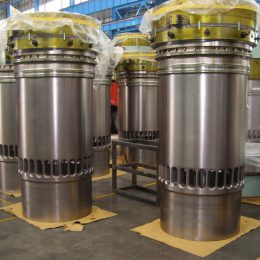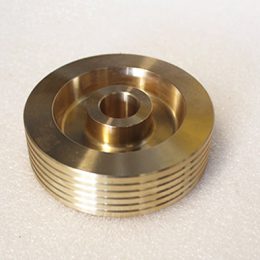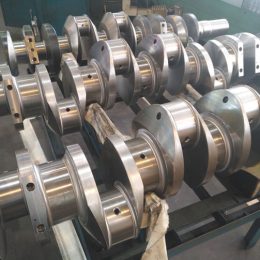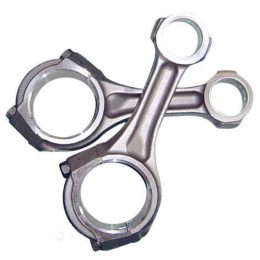How to Diagnose and Fix Common Marine Engine Connecting Rod Problems
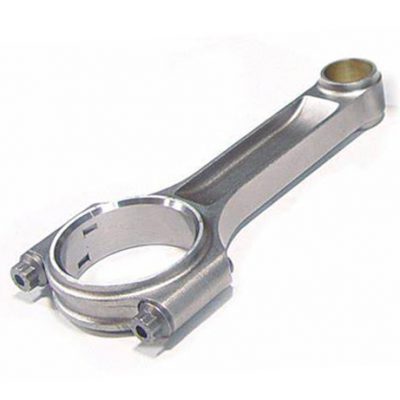
Maintaining a marine engine is an important aspect of boat ownership. However, sometimes marine engine connecting rods can develop issues that require immediate attention. In this blog post, we will discuss the common marine engine connecting rod problems and how to diagnose and fix them.
Diagnosing the Problem
One of the most common symptoms of a connecting rod problem is a knocking sound coming from the engine. This knocking sound may be due to a loose, broken or bent rod. The connecting rod may also be misaligned or worn out, causing a knocking or rattling sound. Other symptoms of a connecting rod problem include reduced engine performance, increased exhaust smoke, and low oil pressure.
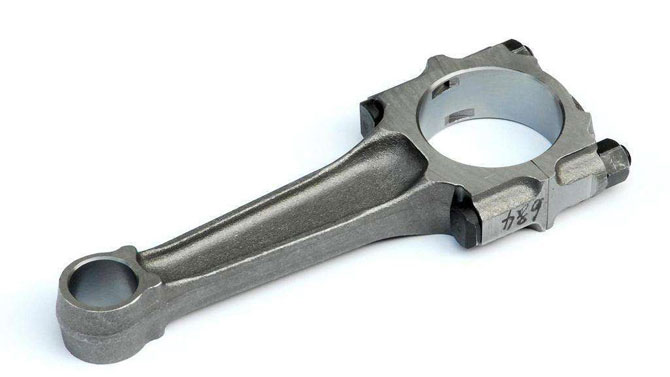
Fixing the Problem
The first step in fixing a connecting rod problem is to diagnose the exact issue. Once you have determined the cause of the problem, you can then proceed to fix it. If the connecting rod is loose, you will need to tighten it back to the manufacturer’s specifications. If the connecting rod is broken, bent, or misaligned, you will need to replace it with a new one. In some cases, you may be able to repair the connecting rod using specialized tools.
It is important to note that fixing a connecting rod problem requires technical expertise and specialized tools. If you are not comfortable working on your marine engine, it is best to seek the help of a professional mechanic.
Preventing Future Problems
To prevent future connecting rod problems, it is important to perform regular maintenance on your marine engine. This includes checking the oil and oil filter regularly, ensuring that the engine is properly lubricated, and replacing worn out parts promptly. Additionally, it is important to avoid overloading the engine or running it at high speeds for extended periods of time.
Conclusion
A connecting rod problem can cause serious damage to your marine engine if not fixed promptly. By diagnosing the problem early and taking the necessary steps to fix it, you can avoid costly repairs and keep your marine engine running smoothly for years to come.
